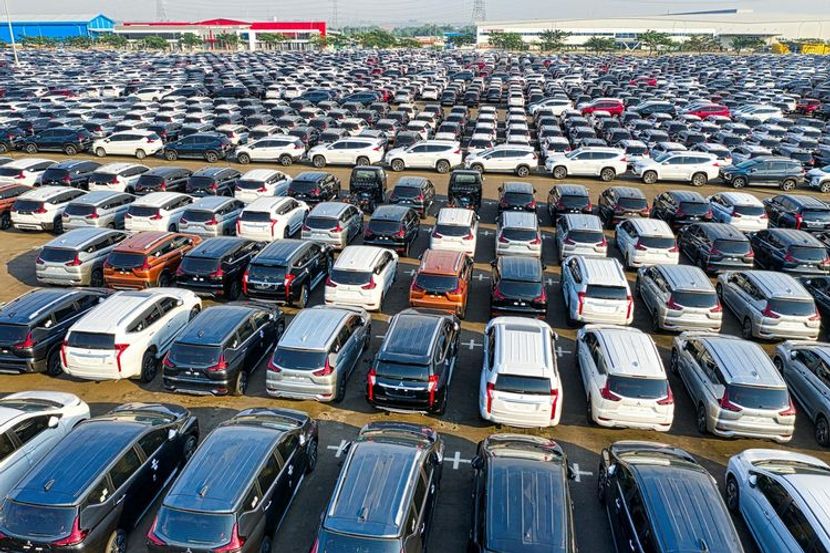Indonesian government forecasts car sales of only 832,000 units this year

The Deputy Director General of the Coordinating Ministry of Infrastructure and Regional Development forecasts that Indonesia's automobile sales will be only 832,000 units in 2025, below the 900,000 target set by the Indonesian Automotive Industry Association.The data is based on historical trends in national sales of four-wheeled and above vehicles for the first five months of the past two years, extrapolated with industry seasonality. Despite the weakness in the overall automotive market, electric vehicles are showing growth. Pure electric vehicles forecast for 2025BEVSales surged to 126,000 units from 43,000 units in 2024, and hybrid electric vehicle HEVs rose to 71,000 units from 57,000 units, while sales of traditional internal combustion engine vehicles continued to decline from 766,000 units to 634,000 units in 2024, with an average annual decline of about 11% between 2022-2025, and the CAGRs of BEVs and HEVs were respectively 87% and 93% respectively.The data reflects increased consumer acceptance of EVs and a clear trend of shrinking traditional fuel vehicle market. The government extended the VAT on selected EVs (PPN) and luxury sales tax (PPnBM) subsidy policies to stimulate EV demand. The chairman of the Indonesian Automotive Industry Association (IAIA) remains optimistic about the 900,000-unit target, but acknowledges that slowing economic growth (GDP growth of 4.87% in 2025, down from 5.1%-5.2% in previous years) is the main challenge.60% of car sales rely on leasing credits, and interest rate stability is critical; he calls for fiscal policy to avoid burdening consumers , focusing on market reaction after the implementation of the 2025 consumption tax (PPN 12%); pinning hopes on exhibitions such as the Indonesia International Motor Show 2025 and Jakarta Auto Week to stimulate sales. Despite the overall weakness of the automotive market, electric vehicles (BEV/HEV) have become a growth highlight, while traditional fuel vehicles continue to be squeezed for market share.

